Sheikh Safi al-Din Khanegah and Shrine
Seven hundred years ago, a great Sufi master built his Khanqah in a big beautiful garden, in the city of Ardabil to teach and raise his students in there. The garden that was the Sufi’s house as well is now one of the finest structures of Iran and a world heritage site entitled by UNESCO. It is Sheikh Safi al-din Khanegah and Shrine Ensemble in Ardabil.
Sheikh Safi was a highly respected figure among people for being a very knowledgeable and genuine man. And after his death, his mausoleum became the most valuable and sacred place for his descendants, especially during the Safavid dynasty. Sheikh Safi is the ancestor of Shah Ismail I, the founder of Iran’s Safavid dynasty (1501-1722). The mausoleum is the biggest and most complete Khanqah in Iran. Khanqah is the place for spiritual retreat for the selfless Sufi who is in constant self-purification and seeking knowledge about the truth of life and the creator of this and all other universes.
Sheikh was buried in the same place of his house and Khanqah according to his own will and his son, Sadr al-Dīn Mūsā, built a tower with a domed roof on his mausoleum in the 16th century. This dome is known as the Allah-Allah tower because of being designed by forming the name Allah with turquoise tiles in Square Kufic calligraphies on the tower.
Building more structures and expanding the mausoleum continued on for two centuries and it became the resting place for more great figures such as Sheikh’s wife, Shah Ismail I, Safavid princes and princesses, and the warriors who fought and died in the Battle of Chaldiran.
The shrine of Sheikh is built with seven segments referring to the seven stages of Sufi theology and it is separated by eight sections representing eight practices in Sufi Tarigat. Tariqat is meant to help the man, extend his insight, and purify his soul so he can reach perfection. And this perfection can be seen in the extravagant interior design and the exquisite architecture of the building that is the symbol of embodying the Khanqah as paradise on earth.
The great value of Sheikh became the inspiration for his descendants to expand and remodel the sacred tomb and turn it into the finest showcases of art works from different eras of Ilkhanid and Timurid with the mystic ornamental structures as the prototype for Safavid architecture and the fundamental reference for this style of art and architecture, which became renown in the world and created Isfahan, this masterpiece of Safavid art. Mosaic and tile works, Muqarnas, stucco, and works done by Mir Emad the most celebrated Persian calligrapher are some of the art works at the mausoleum.
One of the famous structures of the complex is Chini Khana, meaning the house of china. This name was selected because the room was dedicated to the very fine china dishes that were gifted to Safavid shahs or were ordered by them and had the stamp of “I am the king of Abbas territory”. The façade of interior walls are covered by tile works to the height of two meters and from there up to the ceiling, it is all covered by Tong Boris colored with sapphire blue and thin layers of gold which are the favorite colors of Safavid artists. Tong Bori is plaster works in the shape of different potteries on the walls of a room. A more famous example is the music room of Ali Qapu Palace in Isfahan.
The Sufi leader had so value that Maqsud Kashani and a big team of weavers spent sixteen years on weaving the masterpiece of Persian carpet with silk and wool in AD 1539 – 1540 and donated it to the shrine. A pair of identical carpets, the oldest dated carpet and most famous Persian carpet in the world, and is known as Ardabil carpet. Today they are nor identical, neither are in Iran.
The pair that was in the Qandil Khana, was damaged by an earthquake in 1873. A British company bought the carpets and took them to London for mending. They had to use some parts from one carpet to fully recover and fix the other one that resulted in having a non-identical pair at the end with the smaller carpet going to Los Angles Museum and the big one going to the Jameel Gallery of Islamic Art at Victoria and Albert Museum in London. William Morris a designer who inspected the carpet on behalf of V&A reported it of “singular perfection … logically and consistently beautiful”.
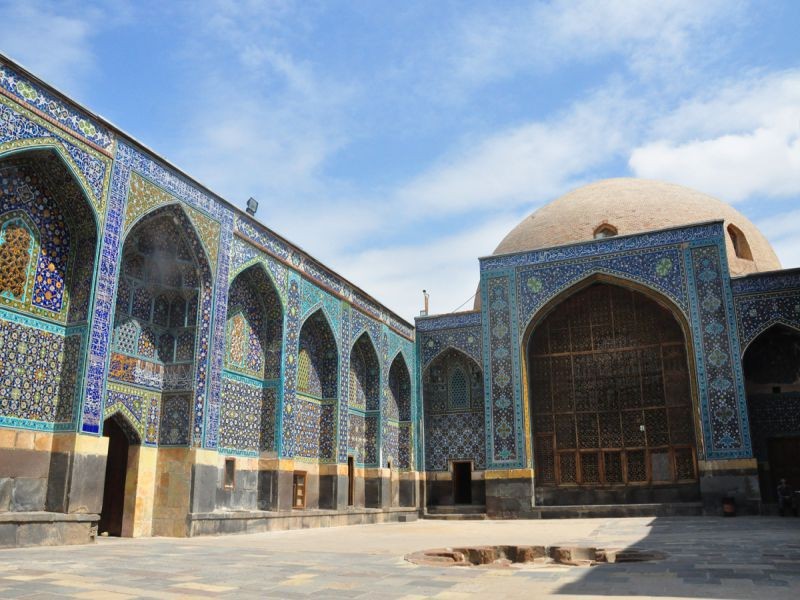
Are you planning to travel to Iran? Check out our Iran tours.


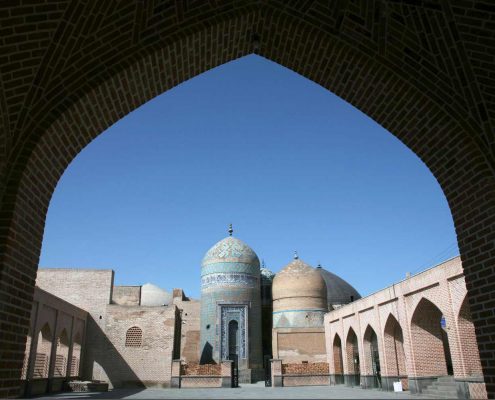

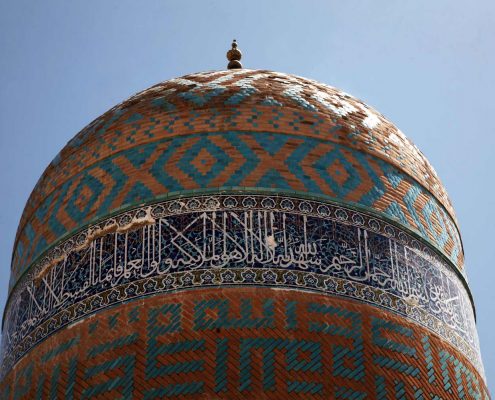
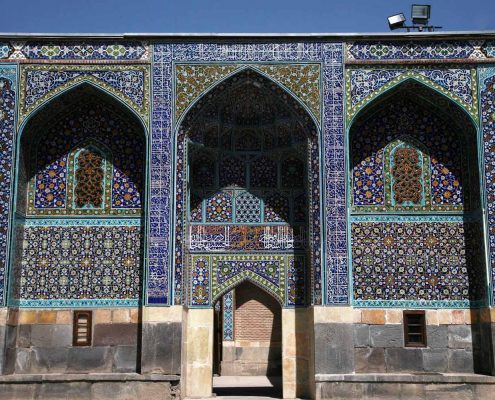
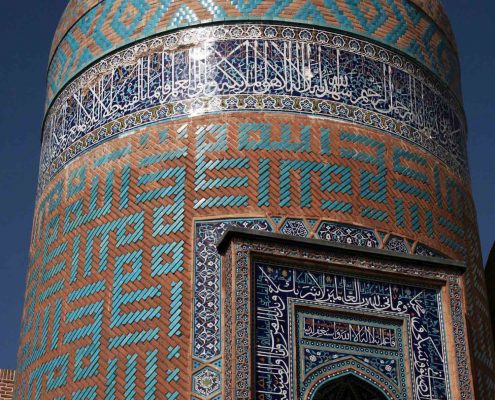
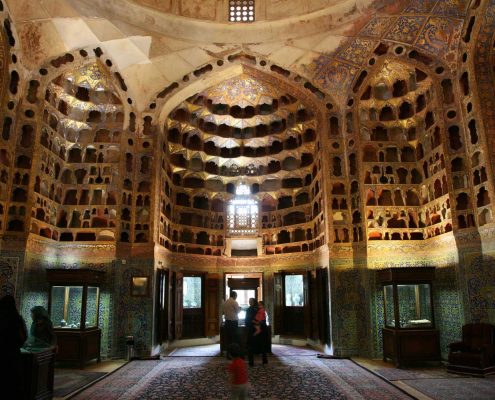
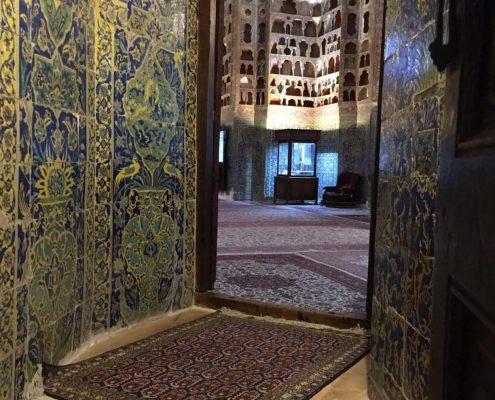


Leave a Reply
Want to join the discussion?Feel free to contribute!